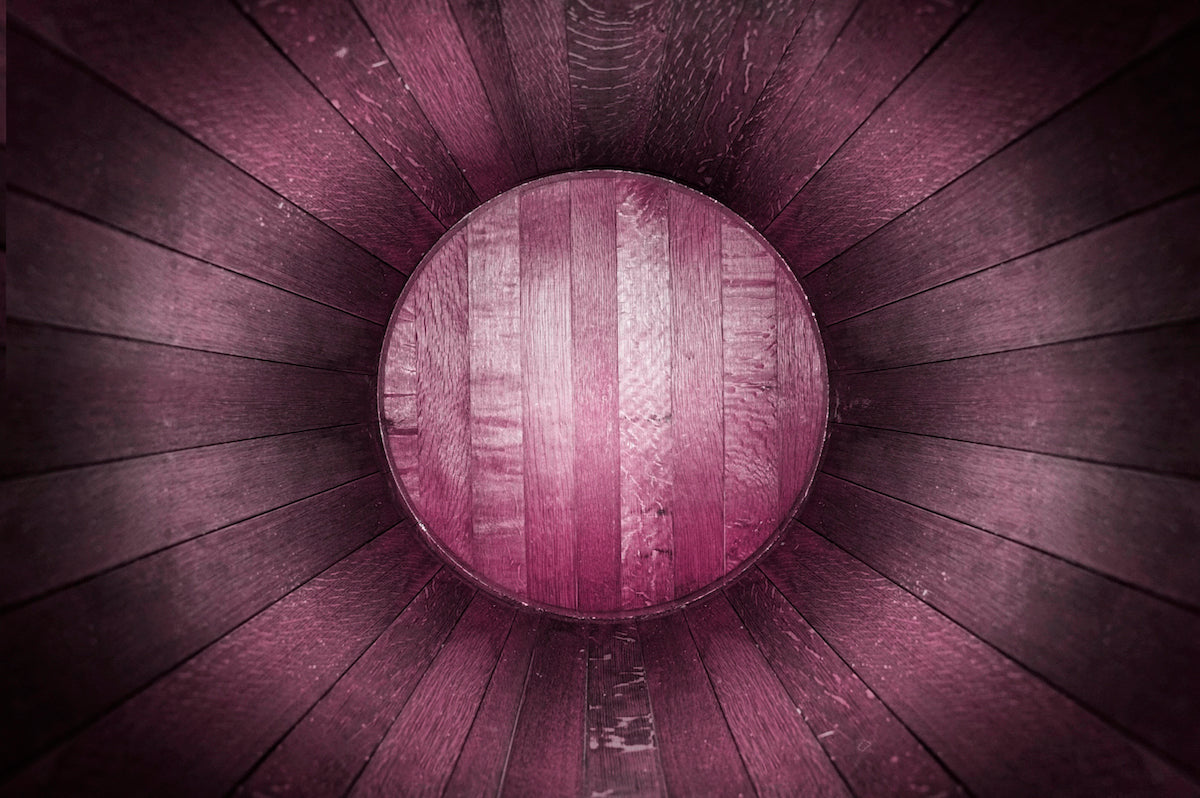How does the cask affect the whisky?

This month there were a couple of especially cool whiskies in your Pour & Sip box where the cask has had a significant influence on flavour – The Lakes Orange Wine Cask Finished along with Nova from Australia’s Starward. If you’ve sipped on these then it’s evident that cask type has a huge (delicious) impact on the taste of a whisky. Today I’m going to talk about what this is and why!
We know that whisky lingo can be a little confusing, so if this all sounds slightly alien to you then we’d recommend checking out our list of whisky definitions, simplified!
Some people say that a cask is 50% of the whisky, but it’s really impossible to quantify. But it is true that cask type does have a massive effect on the final product, as well as its seasoning (which is what was held in it before), climate and even where the cask is kept within a warehouse too.
As with Starward Nova, the flavour can come from its entire maturation (in this case, in Australian wine casks). Sometimes at the end of its ageing a whisky is moved to another cask for a short time, which is called a finish. This is the case with The Lakes whisky, which was moved to orange wine-seasoned American oak for a short stint right before it was bottled.
The most important thing to note is that although casks are watertight (or so you hope they are!), they’re not airtight, so they ‘breathe’. This is why they’re wonderful, because as they breathe, whatever is in them (be it wine, sherry, whisky) interacts with the porous wood, being drawn in and out. Even once that liquid is emptied out traces of it remain, so whatever goes in next will interact with the same wood as well as the remnants of what was held before. This is pretty much the basics of how cask influence works.
The location of the cask matters too...
It’s not only what’s inside the cask that counts. It’s super important where that cask actually is, too. Let’s compare Starward with The Lakes again, Australia vs. England. Obviously Australia gets a lot more sun, and consequently much higher temperatures. But it’s mainly the temperature fluctuation that’s the most important factor, because this leads to the expanding and contracting of the cask (the ‘breathing’, if you will). The folks at Starward experience four seasons in a day, which is pretty wild. It also makes for incredible whisky! In cooler places like The Lakes, whisky can stay in the cask for much longer. Obviously time is still linear, but the general consensus is that whisky ages more ‘quickly’ in hotter climates.
Here’s another super interesting fact. While whisky in cooler climates decreases in strength over time because of the alcohol evaporation (known as the angel’s share), with Australian whisky it actually increases, because it’s both hot and dry enough that the water initially evaporates faster than the spirit! This means that cask strength Australian whiskies are going to be much stronger than those in, say, England.
Not only can the temperature fluctuate within a day, but the temperature within a warehouse can vary massively too! Often warehouses are racked, which means that the casks are stacked on top of each other with each row reaching up to 20 casks tall. If I can remember my GCSE physics correctly, heat rises – and 20 casks high is… pretty tall. So the casks at the top will inevitably mature ‘quicker’ than those at the bottom. Often this is a good thing – blenders will select casks from different locations and combine them to get the perfect expression.
Recently, I’ve seen a few spirits come out that have been treated to accelerated artificial heating and cooling cycles, trying to evoke the same flavours of years of ageing over a matter of days, or even hours – though these spirits can’t legally be called whisk(e)y because they haven’t been aged for the minimum of three years. It’s divisive, so I’d love to hear what you think – catch us over on social and share your thoughts!
Jess 🥃



